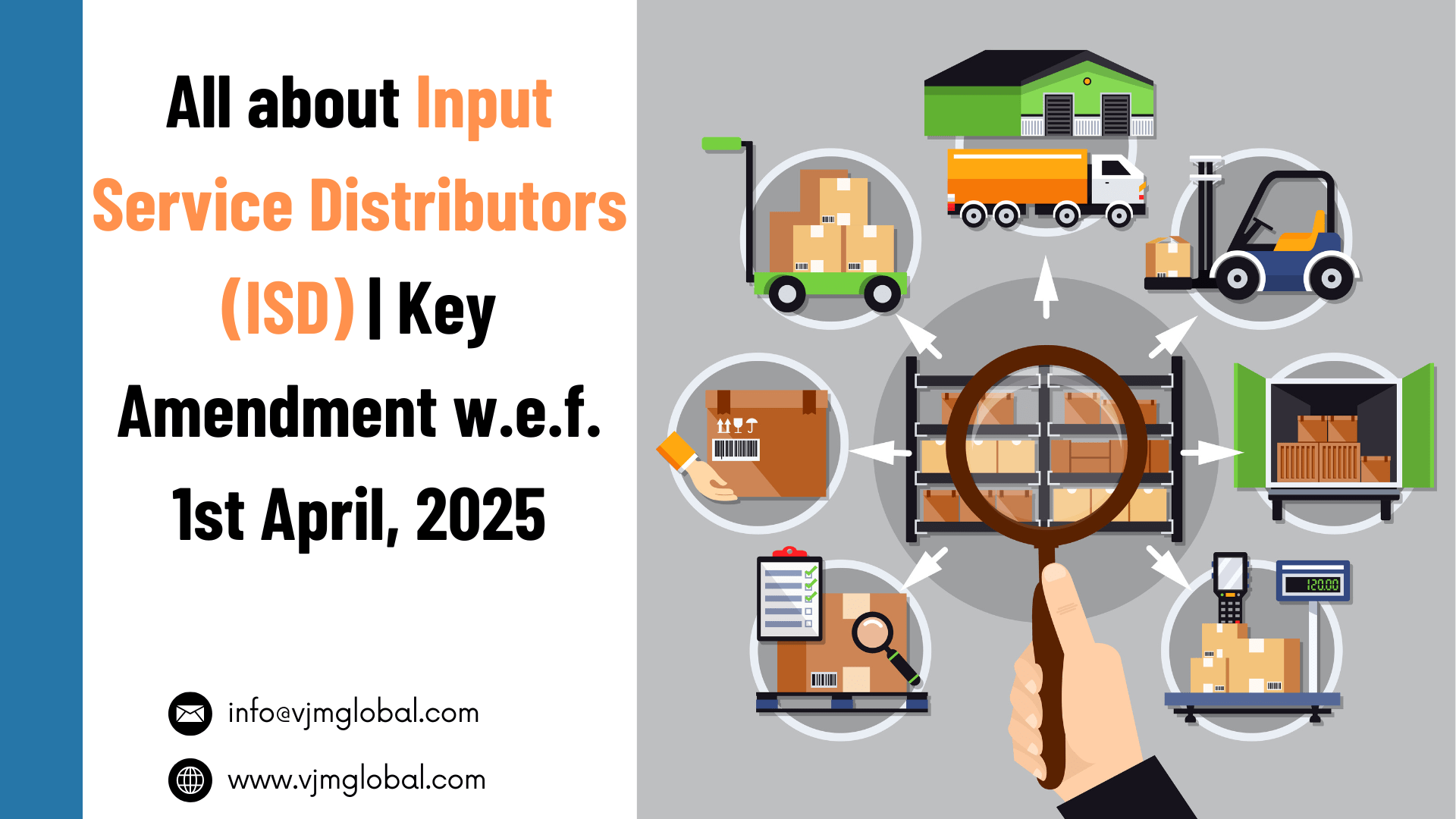With globalization in effect, there is a significant rise in the number of multinational companies. It’s a fact that around 60% of world trade proceeds within multinational enterprises. Hence, transfer pricing has become an interest not only for tax administrators but also for economists, NGOs, business persons, and politicians who are waking up to the call. Here in this article, we are going to learn about all the risk factors and benefits of Transfer Pricing.
It’s much of people’s interest knowing who is paying tax and who is not when business transactions between different arms of multinationals take place.
It’s an evident case that through transfer pricing companies can deprive tax authorities in different jurisdictions of their fair share of taxes. No matter if we consider a wealthy, emerging or poor country nobody wants suffering from its tax base because of transfer pricing.
1. What is Transfer Pricing?
“Transfer price” means the price charged for transfer for goods or services. However, as far as tax is concerned, in common parlance, “Transfer pricing: is considered as price charges for transfer of goods or service between associate entities.
For example: Let’s assume a UK computer manufacturer group buys the computer microchips from its own subsidiary in India. Now, the amount the parent UK company pays to its subsidiary in India for the microchips is the amount of profit the subsidiary unit can represent and need to pay tax for that.
The price charged by a subsidiary company from its holding company can be arbitrary and dictated and such arrangement may result in avoidance or reduction of tax liability. Accordingly, provisions of “Transfer pricing” given under the Income Tax Act can be used to actual uncontrolled prices.
Transfer Pricing is nothing but the value attached to goods or services transferred in between related parties. More precisely speaking, it is the price paid for products and services transferred from a unit to other units of an organization or transfer of goods or services between associate/related enterprises.
2. Specific Transaction Which Comes Under Transfer Pricing
- Sale of accomplished goods;
- Buying fixed assets;
- The sale or buy machinery etc.
- Purchase of raw ingredients;
- Buy or sale of Intangibles.
- Return of expenses paid/received;
- Support services;
- Corporate Guarantee fees;
- Software Development service;
- IT services;
- Technical Service fees;
- Management fees;
- Royalty fee;
- Loan received or paid
- Any other transaction having an impact on the profit, income, losses or assets of enterprises.
3. Purpose
While transfer pricing has several objectives here, we are going to discuss the two most prominent among them.
- Transfer pricing allows business organizations to gain profit separately for all the divisions they have. Not only that but also it allows them to evaluate the performance of each plant individually.
- Besides the reported profit of each center, transfer pricing also helps business entities to allocate the company’s resources considering the total cost incurred by one center as the resource they have utilized.
Legal entities under a single corporation can have several branches where the companies which are wholly or the major share can be owned by the parent corporation. There are many jurisdictions who consider business entities within a common control if they share family members on the list of their board of directors.
Transfer pricing plays an instrumental role to allocate profit to a multinational corporation when it comes to clear tax liabilities in different countries where they do business. It basically allows setting the price among divisions inside an enterprise.
Transfer pricing offers tax advantages to multinational companies but often or not regulatory authorities tend to use it for tax avoidance.
Furthermore, Through transfer pricing companies can ensure profits for goods and services in different countries which have a lower tax rate. Organization for Economic Cooperation and Development (OECD) regulates international tax laws.
In the case of international goods and service exchanges where the transfer of service and goods takes place from one country to another through an interrelated company, the transaction can allow the company to avoid tariffs on the exchange.
Therefore, principles of transfer pricing are used to determine “Arm’s length price” for the transaction that took place between associate entities so that any avoidance or reduction of tax liability can be mitigated. Under transfer pricing, various principles are there to determine “Arm’s Length price” considering transaction took place between independent parties.
4. Risks and Benefits of Transfer Pricing
As of now, you know what transfer pricing is and how transfer pricing works. Let’s talk about the associated risk and benefits of transfer pricing.
4.1 Benefits of Transfer Pricing
- Transfer pricing allows companies to reduce duty costs. It enables business entities to shipping goods to the high tariff countries paying the minimum transfer prices. Hence the duty base related to the transactions becomes low.
- Using the methods of transfer pricing companies reduce income taxes in countries that have comparatively high tax charges by overpricing goods they transfer to countries where they can have the leverage of lower tax rates. In this way, business entities successfully earn higher profit margins.
Therefore, “Transfer Pricing” provisions help to avoid such kinds of situations.
4.2 Risks Associated with Transfer Pricing
Though there are certain benefits of transfer pricing businesses enjoy but a certain type of risk factor is also associated with it. Have a look below to know in-depth,
- Disagreement in-between organizational division managers about the policies regarding the prices are one of the major issues to bother about.
- Various costs are additionally associated with transfer pricing. To design a successful accounting system in compliance with transfer pricing requires huge time and manpower. That’s the reason it costs additionally.
- To decide the right amount while determining the pricing policy for intangibles like services is a daunting task.
- Since the buyer and seller go through different functions, it arises a certain type of risk. For example, in a certain case, the seller of a product may or may not offer a warranty for a particular product. But the difference will affect the price the buyer needs to pay to get the product. There are certain risks that actually impact this price. Those are as follows,
- Risk regarding collection
- Entrepreneurial risks and market risks
- Currency and financial risks
- Credit risk
- Product obsolescence risk
- In the case of large multinationals, the process of transfer pricing becomes not only highly complicated but also time-consuming. Adding to that due to conflict regarding transfer pricing there can be dysfunctional behavior between the managers of organizational units.
- Sometimes, it is not possible to find independent uncontrolled transactions used to determined Arm’s Length Price and it becomes practically impossible to determined ALP.
5. Conclusion
No matter if it’s a small or large scale business, transfer pricing has raised international tax issues for many businesses. You can use transfer pricing for cost-cutting while ensuring that your business is in compliance with global regulations.
Reviewing your transfer pricing strategy and documentation along with the risk and benefits of transfer pricing is essential to maintain the transparency in an organization.
Though we have discussed most of the basic risks and benefits of transfer pricing still, there are many things remaining to discuss which are beyond the scope of this article.
Read more: Interest Payable on Gross GST Liability, as Declared in GSTR-3B













